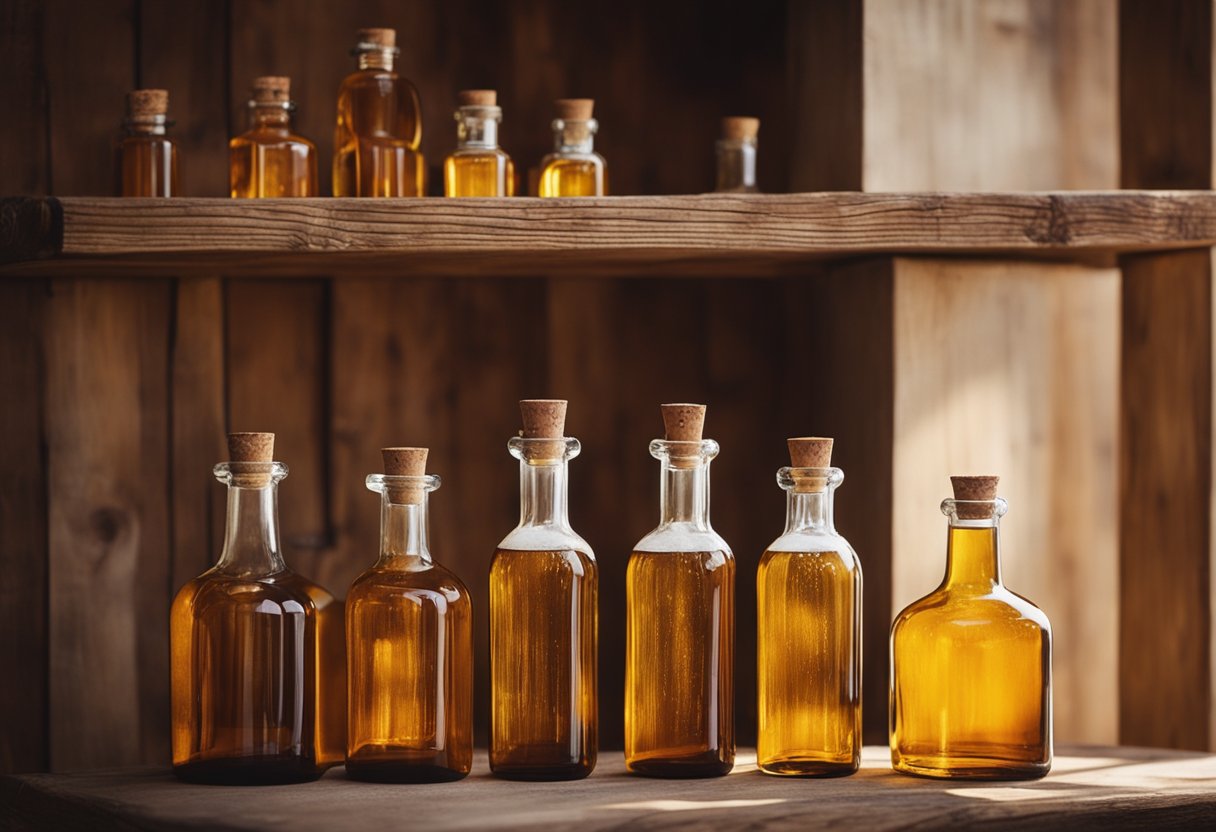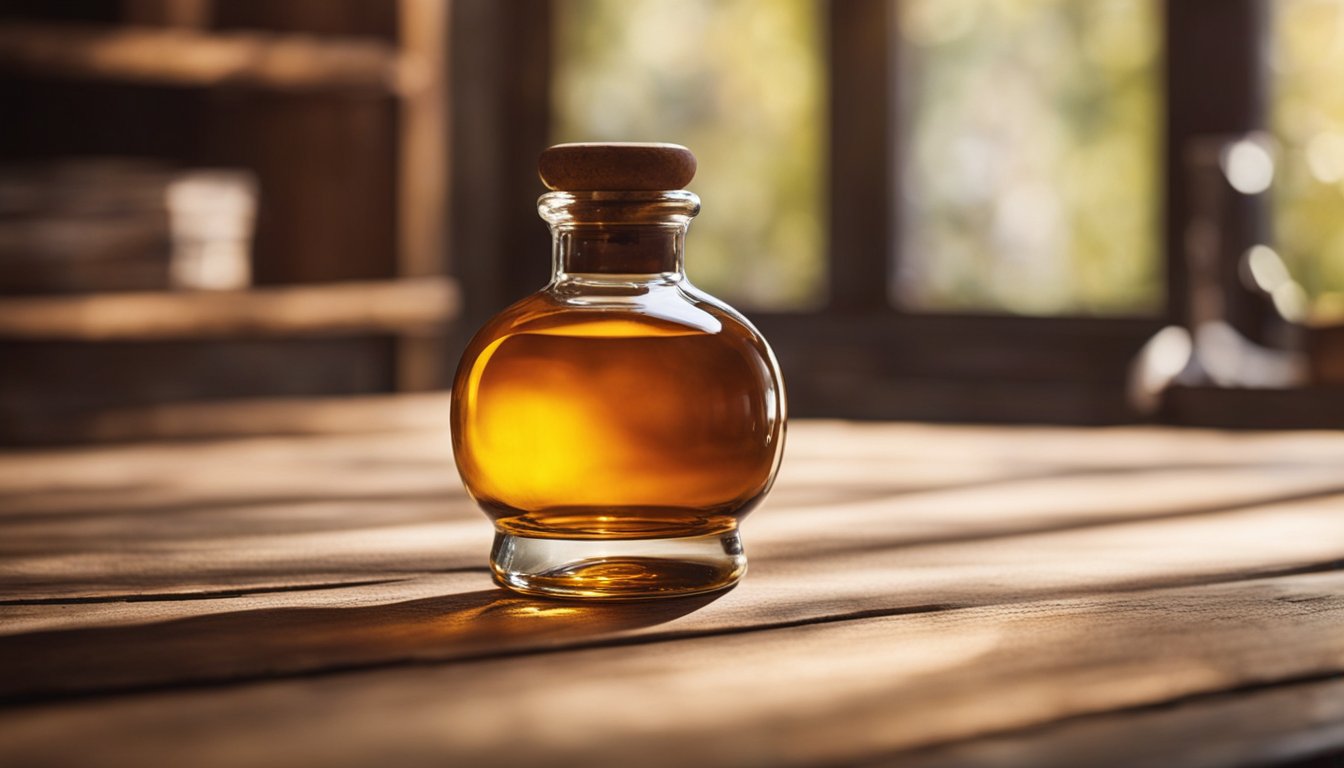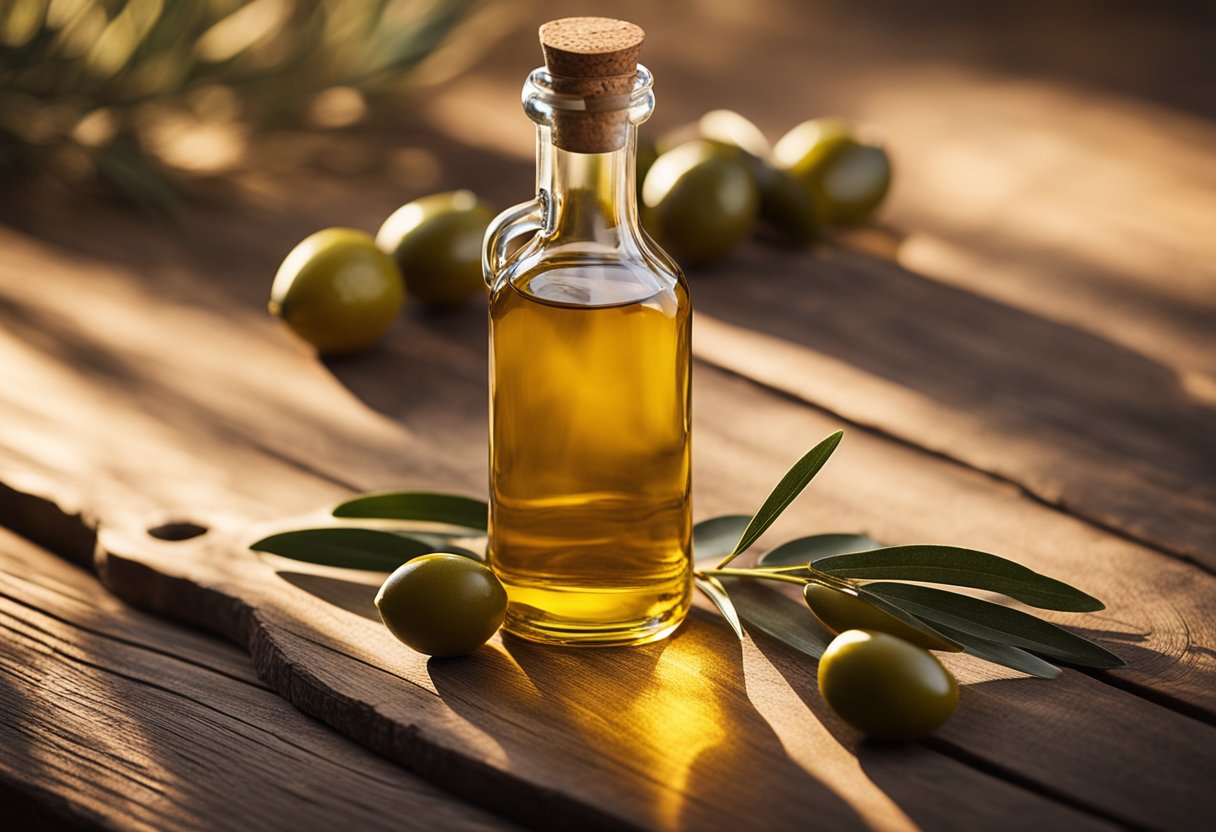If you’re a beer enthusiast, you know that the type of beer bottle you choose can affect the taste and quality of your drink. But did you know that the price of beer bottles can vary widely depending on the type, size, and quantity you’re looking for? In this article, we’ll explore the different factors that can impact the price of beer bottles, and give you some tips on how to find the best deals.

First, let’s talk about the different types of beer bottles available. The most common types are standard long-neck bottles, which come in sizes ranging from 12 ounces to 22 ounces. You can also find specialty bottles, such as swing-top bottles or ceramic bottles, which can be more expensive due to their unique design. The material of the bottle can also impact the price – glass bottles are the most common, but you can also find plastic or aluminum bottles.
When it comes to pricing, there are a few factors to consider. The size and quantity of the bottles you’re purchasing will obviously impact the overall cost, as will the type of bottle you choose. Additionally, the brand of beer can also affect the price, as some breweries charge more for their beer due to their reputation or the quality of their ingredients. By understanding these factors, you can make informed decisions when purchasing beer bottles and ensure that you’re getting the best value for your money.
History of Beer Bottles

If you’ve ever enjoyed a cold beer, you’ve probably also held a beer bottle in your hand. Beer bottles have been around for centuries and have gone through many changes over the years. In this section, we’ll take a look at the history of beer bottles, including their evolution of design and material innovations.
Evolution of Design
Beer bottles have come a long way since their early days. The first beer bottles were made of pottery or stoneware and were sealed with a cork. These bottles were not very practical, as they were heavy and prone to breaking.
In the 1800s, glass bottles became more popular. These bottles were easier to produce and could be sealed with a crown cap, which was invented in 1892 by William Painter. Crown caps quickly became the standard for beer bottles and are still used today.
Beer bottle designs have also evolved over time. Some early beer bottles were shaped like barrels, while others were tall and thin. Today, beer bottles come in a variety of shapes and sizes, with many featuring unique designs and branding.
Material Innovations
In addition to changes in design, beer bottles have also undergone material innovations. Early beer bottles were made of pottery or stoneware, but glass quickly became the preferred material.
Today, beer bottles are typically made of brown or green glass, which helps to reduce spoilage from light. Some beer bottles are also made of aluminum or plastic, which can be more convenient for outdoor events or other situations where glass is not allowed.
In recent years, there has also been a push towards more sustainable materials for beer bottles. Some breweries are experimenting with using biodegradable materials, such as plant-based plastics, to reduce their environmental impact.
Overall, the history of beer bottles is a fascinating one that spans centuries. From early pottery vessels to modern glass and plastic bottles, beer bottles have undergone many changes over the years. Whether you prefer a classic brown glass bottle or a more modern aluminum can, there’s no denying that beer bottles are an essential part of the drinking experience.
Factors Influencing Beer Bottle Price

When it comes to the price of beer bottles, there are several factors that come into play. Understanding these factors can help you make informed decisions about which beer bottles to buy. Here are the main factors that influence the price of beer bottles:
Production Costs
The cost of producing beer bottles can vary depending on several factors, such as the size and shape of the bottle, the type of glass used, and the production process. For example, a beer bottle made of thicker glass will cost more to produce than a thinner bottle. Similarly, a bottle with an intricate design will require more time and effort to produce, which will increase the production costs.
Material Quality
The quality of the glass used to make beer bottles can also affect the price. Higher quality glass, such as crystal glass, will cost more than lower quality glass. This is because higher quality glass is more durable and resistant to breakage, which makes it a better choice for beer bottles that need to withstand the rigors of transportation and storage.
Brand Value
Finally, the brand value of the beer can also influence the price of the bottle. Well-known and established beer brands often come with a higher price tag due to their popularity and reputation. Craft beers or specialty brews may also cost more than mainstream options due to their unique ingredients, production processes, and limited availability.
The price of beer bottles is influenced by several factors, including production costs, material quality, and brand value. By understanding these factors, you can make informed decisions about which beer bottles to buy based on your budget and preferences.
Global Beer Bottle Pricing Trends

By Region
The price of beer bottles varies greatly depending on the region. According to a report by HTF Market Intelligence, the global beer bottle market is segmented into North America, Europe, Asia-Pacific, South America, and the Middle East and Africa. North America and Europe are the largest markets for beer bottles, with a combined market share of over 60%. The price of beer bottles in North America and Europe is generally higher compared to other regions due to higher labor costs and stricter regulations.
In Asia-Pacific, the beer bottle market is expected to grow at a faster rate due to the increasing consumption of beer in countries such as China and India. However, the price of beer bottles in Asia-Pacific is generally lower compared to North America and Europe due to lower labor costs and less strict regulations.
In South America and the Middle East and Africa, the beer bottle market is expected to grow at a moderate rate due to the increasing demand for beer. However, the price of beer bottles in these regions is generally lower compared to North America and Europe due to lower labor costs and less strict regulations.
Supply and Demand Dynamics
Another factor that affects the price of beer bottles is the supply and demand dynamics. According to a report by Fortune Business Insights, the global beer market is projected to grow at a CAGR of 4.03% during the forecast period of 2024-2032. This growth is attributed to the increasing demand for beer, particularly in emerging economies.
However, the supply of beer bottles is also increasing due to the entry of new players in the market. This increased competition is expected to put downward pressure on the price of beer bottles in the coming years. Additionally, the use of alternative packaging materials such as cans and PET bottles may also affect the demand for beer bottles and their price.
Overall, the price of beer bottles is expected to remain stable in the short term, but may decrease in the long term due to increased competition and the use of alternative packaging materials.
Consumer Buying Guide
Price Comparison
When it comes to buying beer bottles, prices can vary depending on the brand, size, and location. It is important to compare prices across different stores to ensure you are getting the best deal. You can also check online retailers for discounts and promotions.
Some brands may be more expensive than others due to factors such as production costs, marketing expenses, and popularity. However, a higher price does not always mean better quality. It is important to read reviews and try different brands to find the one that suits your taste and budget.
Understanding Labels and Marks
Beer bottle labels and marks can provide valuable information about the product. The alcohol content, ingredients, and nutritional information are usually listed on the label. You can use this information to compare different brands and make an informed decision.
The ABV (alcohol by volume) percentage indicates how much alcohol is in the beer. Beers with a higher ABV may be more expensive due to the higher alcohol content. However, they may also have a stronger taste.
The production date and expiration date are also important factors to consider. Fresh beer is usually better than beer that has been sitting on the shelf for a long time. Look for bottles with a production date that is as recent as possible.
When buying beer bottles, it is important to compare prices, read reviews, and check labels and marks for important information. By doing so, you can find the best beer for your taste and budget.
The Impact of Legislation on Beer Bottle Prices
When it comes to the price of beer bottles, there are several factors that can impact the cost. One of the most significant factors is legislation. In this section, we will take a closer look at how taxation and recycling laws can affect the price of beer bottles.
Taxation and Duties
One of the ways that legislation can impact the price of beer bottles is through taxation and duties. Governments often impose taxes on beer bottles, which can increase the cost for consumers. These taxes are typically used to fund public services and infrastructure.
In addition to taxes, governments may also impose duties on imported beer bottles. These duties are designed to protect domestic producers by making imported beer bottles more expensive. This can lead to higher prices for consumers who prefer imported beer bottles.
Recycling Laws
Another way that legislation can impact the price of beer bottles is through recycling laws. Some governments have implemented bottle deposit systems, which require consumers to pay a small fee when they purchase a beer bottle. This fee is refunded when the consumer returns the bottle for recycling.
While these recycling laws can help to reduce waste and promote sustainability, they can also increase the cost of beer bottles. Retailers may increase the price of beer bottles to cover the cost of the deposit, which can lead to higher prices for consumers.
Overall, legislation can have a significant impact on the price of beer bottles. Taxes and duties can increase the cost for consumers, while recycling laws can lead to higher prices at the point of sale. As a consumer, it’s important to be aware of these factors when purchasing beer bottles, so you can make an informed decision and choose the best option for your budget.
Frequently Asked Questions
What is the average cost for a case of beer?
The average cost for a case of beer varies depending on the brand, type, and location. However, you can expect to pay anywhere from $15 to $50 for a case of beer. Some premium or craft beers may cost more than this range.
Where can I find the best deals on beer bottles?
You can find the best deals on beer bottles at local liquor stores, grocery stores, and online retailers. It’s always a good idea to compare prices and look for discounts or promotions offered by different retailers.
How much does a 12 oz beer bottle typically cost?
The cost of a 12 oz beer bottle varies depending on the brand, type, and location. However, you can expect to pay anywhere from $0.50 to $3.00 per bottle. Some premium or craft beers may cost more than this range.
What are the price differences between clear and colored beer bottles?
There may be a slight price difference between clear and colored beer bottles, but it is usually negligible. Clear bottles may be more susceptible to light damage, which can affect the taste of the beer. Colored bottles can help protect the beer from light damage.
Where can I purchase wholesale beer bottles?
You can purchase wholesale beer bottles from online retailers or specialty packaging companies. It’s always a good idea to compare prices and look for discounts or promotions offered by different retailers.
What are the standard sizes available for beer bottles?
The standard sizes available for beer bottles are 12 oz, 16 oz, and 22 oz. However, some craft breweries may offer unique sizes or shapes for their beer bottles.











